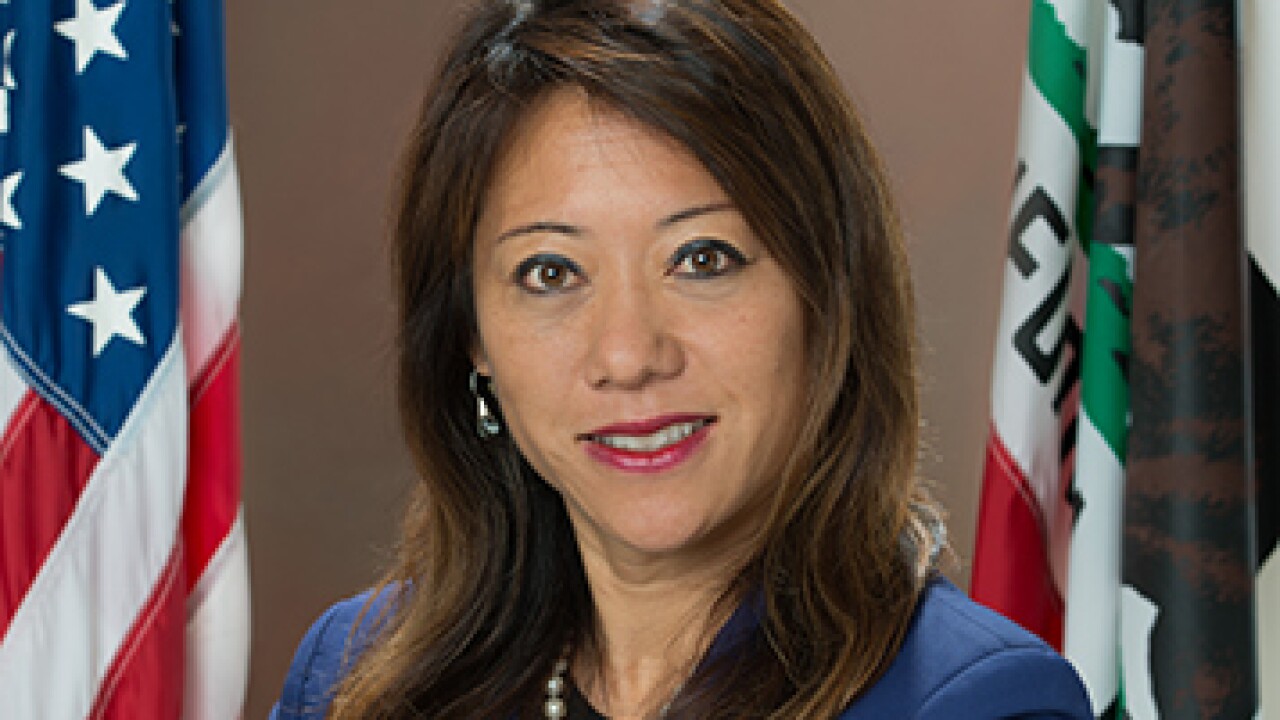The public not only thinks college costs too much, but questions whether it adequately prepares graduates for work, according to speakers Monday at the Milken Institute Global Conference in Beverly Hills, California.
Half of Democrats and three-quarters of Republicans say higher education is “going in the wrong direction,” according to a 2018

“It seems like every week I read in the Chronicle of Higher Education of a small liberal arts college closing,” asked one audience member during the question and answer session. “When so many of them are closing, how do institutions of higher education claim any relevance?”
The universities that will survive are the ones that are nimble and adjust the curriculum to ensure it matches what students need in today’s world, said Carol Quillen, president of Davidson College, a private liberal arts college in North Carolina.
She added that the universities that survive will be the ones, like hers, that teach students not just competency in a subject material, but how to think creatively so they can adapt when the world changes.
Daphne Kis, CEO of WorldQuant University, discussed how online learning can connect students in countries across the globe.
Though panelists don’t think universities will go away, they do think higher education needs to be more responsive to disruptive forces like those represented by technology-focused industries. And part of that means changing the time-frame for earning degrees.
“We have been partnering with the same disruptive start-ups that want to blow higher ed up,” Quillen said.
Since 2013, enrollment has fallen 7% to 17.8 million from 19.1 million, according to
S&P Global Ratings said in a Jan. 24 report that its ratings actions on U.S. institutions of higher education have skewed generally more negative than positive since 2012. In 2018, the downgrade-to-upgrade ratio reached a five-year record high of 6.7 to 1, which analysts called a general reflection of the rising pressure facing the sector. S&P analyzed the recent performance of 414 public and private colleges and universities, which included the vast majority of the colleges it rates.
“We believe some of these issues stem from the revolution of technology and the raised expectation for higher education, which have intensified competition among institutions to invest in human capital as well as in facilities to transform the way they provide their services,” S&P analysts wrote. “Other pressures arise from unfavorable demographic trends that are projected to continue in various regions across the country.”
A 2012 survey by TIME Magazine and the Carnegie Corporation of New York found that 89% of U.S. adults and 96% of senior administrators at colleges and universities considered higher education to be in crisis, and nearly 4 in 10 in both groups considered the crisis to be “severe.”
It’s not the Harvards and Yales that are in trouble, but the regional public schools who saw decades of growth and are now facing major budget cuts and the smaller, less-selective private colleges with high sticker prices and declining enrollment, moderator Adam Harris wrote in a
Colleges spend a lot of time looking at SATs and how many Ph.D.s they have on the faculty, said Paul LeBlanc, president of Southern New Hampshire University. “We need to look more at the outcomes — and how students are doing once they leave college.”
That includes their ability to repay debt.
“I feel like we as institutions should have skin in the game around student debt,” Quillen said. “It should be important to us that our students are able to repay our debt. We can do that, because we are smaller and we know our students — but that should be the case for larger institutions.”
LeBlanc doesn't think free or cheap tuition ideas floated by Democratic presidential candidates Elizabeth Warren and Bernie Saunders are realistic.
"In countries where tuition is free, the quality of education the students are receiving is poor," LeBlanc said.
The average annual increase in college tuition from 1980-2014 grew by nearly 260%. In 1980, the average cost of tuition, room and board, and fees at a four-year post-secondary institution was $9,438, according to the





